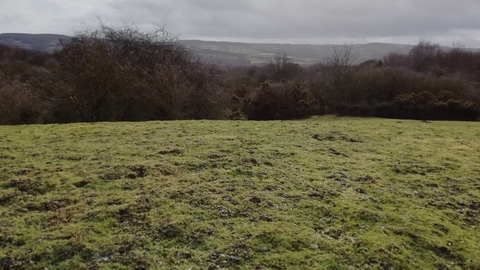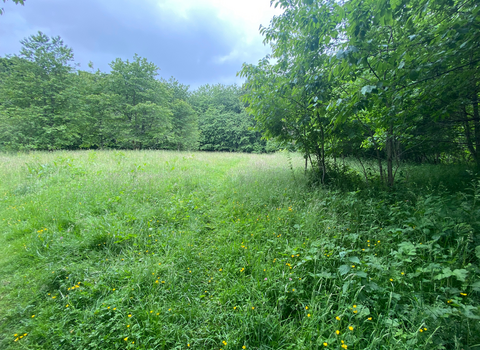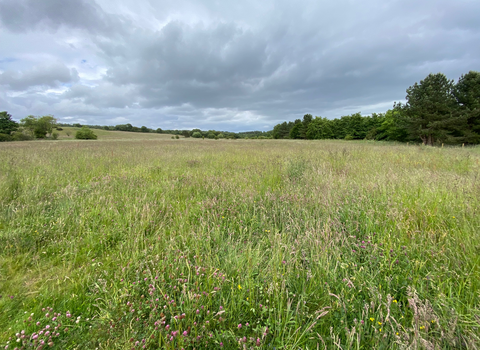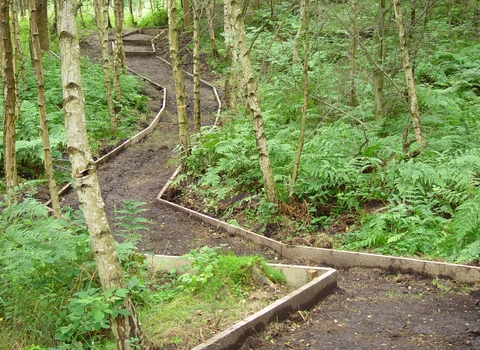
Smith's Lea
Know before you go
Dogs
When to visit
Opening times
N/ABest time to visit
Summer months through Durham Wildlife Trust guided visitAbout the reserve
One of the last few remaining substantial areas of lowland acid grassland in Gateshead, Smith's Lea forms a part of a much larger complex of habitats – a diverse landscape of ancient woodlands, grasslands and wetlands, stretching from banks of the Tyne at Blaydon, up the Derwent Valley to Shotley Bridge.
At six hectares, Smith's Lea is only a small part of this much larger landscape, but it contains a rich mosaic of habitats and, as a result, is designated as a Local Wildlife Site. The acid grassland is of primary importance, and currently supports species such as mouse-ear hawkweed; cat’s ear; bird's-foot trefoil; yarrow; pignut; and lesser stitchwort. This rare habitat type has suffered from too much grazing and scrub encroachment for a number of years, but the Trust will now be able to put a proper management regime in place. Grazing will still be important – but at a more appropriate level – and the area of scrub will be reduced to bring the grassland into better condition.
Broadleaf woodland extends over half the site, a large part of which bears the scars of the mining activities that once occurred there. Now wooded, the deep scar of a former drift mine entrance can still be clearly seen. This has been colonised by oak and birch, and woodland ground flora from the adjoining Victoria Garesfield Local Wildlife Site, in the form of dog’s mercury and wood sorrel, has begun the slow process of recolonisation. Positive woodland management will aid this process. There are also some small ponds present, which are rich with aquatic plants and invertebrates.
The purchase of the site was made possible thanks to funding from the Banister Charitable Trust, and Gateshead Council. The area has been known by various names locally, recent ones being Vinegar Hill and Beda Hill. It has been named Smith's Lea, in memory of Durham Wildlife Trust Trustee, Chris Smith, who was passionate about the Trust's conservation work, especially throughout Gateshead.
Species
Contact us
Environmental designation




